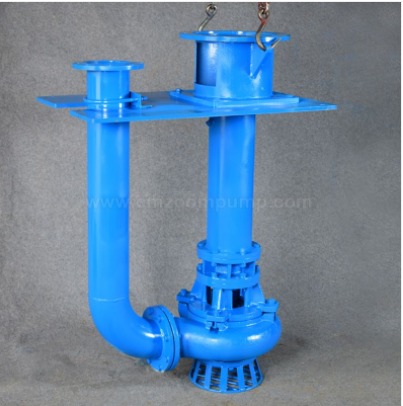How to Choose the Right Sump Pump?
Water damage is a homeowner's nightmare. Whether it's caused by heavy rains, burst pipes or a rising water table, the consequences can be devastating and costly. One effective way to prevent such disasters is to install a sump pump in your basement or tight space. However, choosing the right sump pump for your specific needs can be a daunting task. This article will guide you through the process of choosing the perfect sump pump to protect your home and property.

Understanding the Basics
Before diving into the selection process, it's crucial to understand the basics of sump pumps. A sump pump is a mechanical device designed to remove excess water that accumulates in a sump pit, which is usually located in the lowest part of your home's basement or tight space. When the water level in the pit rises to a certain level, the sump pump kicks in to pump the water out of your home and prevent flooding and water damage.
There are two main types of sump pumps: vertical pumps and submersible pumps.
Pedestal sump pumps: these pumps have the motor mounted on a pedestal above the sump pit, with the pump itself at the bottom of the pit. Pedestal pumps are relatively easy to maintain, but can be noisy and less aesthetically pleasing due to their exposed design.
Submersible sump pumps: Submersible pumps are completely submerged in the sump pit and are generally quieter and more discreet than vertical pumps. They are also generally more efficient and suitable for heavy-duty applications.
Factors to Consider
When choosing a sump pump, several important factors should influence your decision:
Pump type:
Consider the type of sump pump that best suits your needs. Submersible pumps are more common and desirable in most cases, but vertical pumps can be useful in some situations, such as when sumps are narrow.
Pump Capacity (Horsepower):
A pump's capacity is measured in horsepower (HP) and determines how efficiently it removes water. Larger pumps with higher horsepower can handle more water, making them suitable for areas with heavy rainfall or frequent flooding.
Flow Rate (gallons per minute):
Flow rate is measured in gallons per minute (GPM) and indicates how quickly a sump pump can empty water. Select a pump with a flow rate that meets your basement's drainage needs. A higher GPM is advantageous for areas prone to rapid flooding.
Head Height:
The head height is the vertical distance the pump must lift water in order to discharge it out of the home. Make sure the pump you choose is capable of meeting the head height required for your drainage system.
Automatic vs. manual operation:
Most modern sump pumps offer automatic operation, triggered by a float switch or sensor. Automatic pumps are convenient because they will activate when the water level rises, providing constant protection. Manual pumps are less convenient as they require manual activation and monitoring.
Backup systems:
Consider installing a battery backup system or auxiliary pump in case of a power outage or main pump failure. These backup systems can keep your home safe from flooding when you need it most.
Materials and durability:
Look for sump pumps made from durable materials, such as cast iron or stainless steel. These materials are less prone to corrosion and can withstand harsh conditions, ensuring the longevity of your pump.
Noise level:
Noise can be an issue, especially if the sump pump is located in a living area or finished basement. Submersible pumps are usually quieter than vertical pumps, but it's important to read product reviews and check noise specifications.
Maintenance:
Regular maintenance is essential to keep your sump pump in top condition. Choose a pump that is easy to clean and repair, and follow the manufacturer's maintenance guidelines.
Budget:
Determine a budget for the sump pump and any additional accessories, such as a battery backup system or check valve. Remember, investing in a reliable pump is a long-term investment in your home's protection.
Choosing the right size.
To determine the right size sump pump for your home, consider the following steps:
Calculate basement square footage:
Measure the square footage of your basement to estimate the amount of water that could accumulate during heavy rains or flooding.
Assess the water table:
If you live in an area with a high water table, you may need a more powerful pump to handle increased water infiltration.
Check local codes:
Some municipalities have codes that specify the required sump pump capacity for new construction or renovations. Make sure you comply with local codes.
Consult a professional:
If you're unsure of the right size pump, consider consulting a plumbing or waterproofing professional who can assess your specific needs.
Conclusion.
Choosing the right sump pump is a critical step in protecting your home from water damage and flooding. By understanding the basics of sump pumps, considering important factors, and accurately sizing your pump, you can make an informed decision. Keep in mind that regular maintenance is essential to ensure the effectiveness and longevity of your sump pump. Investing in the right sump pump can give you peace of mind knowing that your home is protected from potential water damage.


